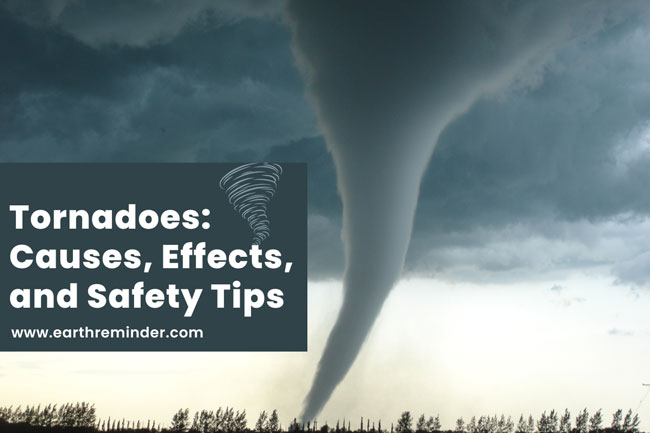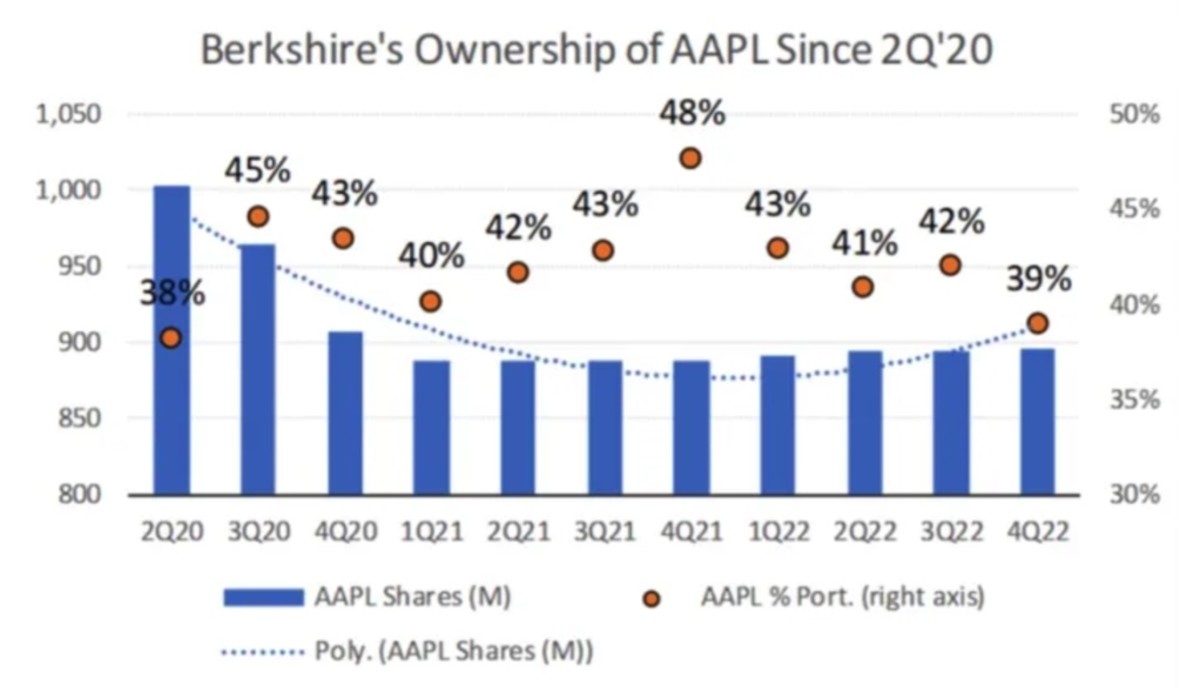Flash Flood Emergency: Causes, Effects, And Safety Precautions

Table of Contents
Causes of Flash Floods
Flash floods, characterized by their rapid onset and short duration, are caused by several factors, often a combination of them. Understanding these causes is the first step in mitigating risk.
Intense Rainfall
Heavy downpours in a short period are the most common cause of flash floods. Drainage systems, even well-designed ones, can be overwhelmed by excessive rainfall, leading to rapid water accumulation and flooding.
- Excessive rainfall in mountainous areas: Steep slopes accelerate water runoff, funneling large volumes into lower-lying areas.
- Sudden bursts of heavy rain associated with thunderstorms: These intense, localized storms can drop significant rainfall in a matter of minutes, exceeding the capacity of drainage systems.
- Lack of adequate drainage infrastructure: Poorly maintained or insufficient drainage systems in urban and rural areas exacerbate the risk of flash flooding. Aging infrastructure and inadequate stormwater management contribute significantly.
Dam or Levee Failures
The failure of dams or levees can release catastrophic amounts of water downstream, resulting in devastating flash floods. These failures can be caused by various factors:
- Erosion and deterioration of dam structures: Over time, dams can degrade due to weathering, erosion, and structural weaknesses.
- Overtopping of dams due to intense rainfall: Excessive rainfall can overwhelm a dam's capacity, causing water to spill over the top and breach the structure.
- Human error or negligence in dam management: Inadequate maintenance, poor design, or operational errors can contribute to dam failures.
Melting Snow and Ice
Rapid snowmelt, particularly during spring thaws, can contribute significantly to flash flooding, especially when combined with heavy rainfall.
- Unusually warm temperatures: A sudden warming trend can quickly melt large snowpacks, releasing massive amounts of water into rivers and streams.
- Heavy snowfall followed by rapid warming: A significant snowfall followed by unseasonably warm temperatures creates a perfect storm for flash floods.
- Combination of snowmelt and heavy rainfall: The combined effect of snowmelt and heavy rainfall can easily overwhelm drainage systems and lead to rapid flooding.
Urbanization
Increased urbanization contributes to the severity of flash floods. The expansion of impervious surfaces reduces the land's ability to absorb rainfall.
- Lack of green spaces and permeable surfaces: Concrete, asphalt, and other impervious surfaces prevent water from seeping into the ground, increasing surface runoff.
- Inadequate stormwater management systems: Urban areas often lack sufficient stormwater management infrastructure to handle large volumes of rainfall.
- Increased risk of flash floods in urban areas: The combination of impervious surfaces and inadequate drainage systems makes urban areas particularly vulnerable to flash floods.
Effects of Flash Floods
The consequences of flash floods can be severe and far-reaching, impacting lives, property, and the environment.
Property Damage
Flash floods cause extensive damage to homes, businesses, and infrastructure. The force of rapidly moving water can be destructive.
- Flooding of basements and ground floors: Rising floodwaters quickly inundate lower levels of buildings, causing significant damage to contents and structures.
- Damage to roads, bridges, and other infrastructure: The erosive power of floodwaters can damage or destroy roads, bridges, and other critical infrastructure.
- Erosion and loss of topsoil: Flash floods can erode topsoil, damaging agricultural lands and causing long-term environmental consequences.
Loss of Life
Flash floods pose a significant threat to human life. The speed and power of the floodwaters make escape difficult.
- Drowning due to swift currents: Rapidly moving water can easily sweep people away, leading to drowning.
- Injuries from debris carried by floodwaters: Floodwaters often carry debris, such as trees, vehicles, and building materials, which can cause serious injuries.
- Hypothermia from prolonged exposure to cold water: Exposure to cold floodwaters can lead to hypothermia, a life-threatening condition.
Environmental Impacts
Flash floods have significant environmental consequences, disrupting ecosystems and polluting water sources.
- Erosion and habitat loss: The erosive force of floodwaters destroys habitats and disrupts ecosystems.
- Water pollution from sewage and industrial waste: Floodwaters can pick up and spread pollutants, contaminating water supplies and harming aquatic life.
- Spread of waterborne diseases: Contaminated floodwaters can spread waterborne diseases, posing a risk to public health.
Economic Consequences
The financial impact of flash floods can be substantial, affecting individuals, businesses, and communities.
- Repair costs for damaged property: The cost of repairing or replacing flood-damaged property can be immense.
- Business interruption and loss of revenue: Businesses may be forced to close temporarily or permanently due to flood damage, leading to significant financial losses.
- Increased insurance premiums: The increased risk of flash floods often leads to higher insurance premiums for property owners.
Safety Precautions During a Flash Flood Emergency
Being prepared is crucial for surviving a flash flood. Knowing what to do before, during, and after a flash flood can save lives and minimize damage.
Evacuation
Follow evacuation orders immediately. Don't delay.
- Identify designated evacuation routes in advance: Familiarize yourself with evacuation routes in your area before a flash flood occurs.
- Gather essential supplies and documents: Prepare a flash flood emergency kit with essential supplies, including water, food, medications, and important documents.
- Secure your property before leaving: Take steps to protect your property from flood damage, such as moving valuables to higher ground.
Seeking Higher Ground
Move to higher ground as quickly as possible if you are caught in a flash flood.
- Avoid flooded areas and low-lying regions: Stay away from areas prone to flooding.
- Do not attempt to cross flowing water: Even seemingly shallow water can be deceptively powerful and dangerous.
- Stay away from power lines and downed electrical equipment: Downed power lines pose a significant electrocution risk.
Staying Informed
Monitor weather reports and warnings closely. Be vigilant.
- Subscribe to weather alerts and emergency notifications: Sign up for weather alerts and emergency notifications from your local authorities.
- Have multiple sources of information available: Monitor several weather sources to stay informed.
- Pay close attention to official advisories: Follow the guidance provided by official sources, such as the National Weather Service.
Emergency Kit
Prepare a flash flood emergency kit containing essential supplies.
- Water, non-perishable food, first-aid kit: Stock up on essential supplies to last for several days.
- Flashlight, radio, extra batteries: Ensure you have reliable sources of light and communication.
- Important documents in waterproof containers: Protect important documents from water damage.
Conclusion
Flash floods are a serious threat, but understanding their causes, potential effects, and implementing safety precautions significantly improves your chances of survival and minimizing damage. By being prepared and staying informed, you can mitigate the risks associated with a flash flood emergency. Remember, preparedness is key when facing a flash flood. Don't wait until it's too late – create your flash flood emergency plan today and stay safe!

Featured Posts
-
 Buffetts Departure Whats Next For Berkshire Hathaways Apple Investment
May 25, 2025
Buffetts Departure Whats Next For Berkshire Hathaways Apple Investment
May 25, 2025 -
 Escape To The Country Affordable Luxury Homes Under 1 Million
May 25, 2025
Escape To The Country Affordable Luxury Homes Under 1 Million
May 25, 2025 -
 Brb Acquires Banco Master Public Meets Private In Brazilian Banking
May 25, 2025
Brb Acquires Banco Master Public Meets Private In Brazilian Banking
May 25, 2025 -
 Alexandria International Airport And England Airpark Launching The Ae Xplore Campaign For Local And Global Travel
May 25, 2025
Alexandria International Airport And England Airpark Launching The Ae Xplore Campaign For Local And Global Travel
May 25, 2025 -
 Avrupa Borsalari Guenluek Raporu Karisik Bir Durum
May 25, 2025
Avrupa Borsalari Guenluek Raporu Karisik Bir Durum
May 25, 2025
